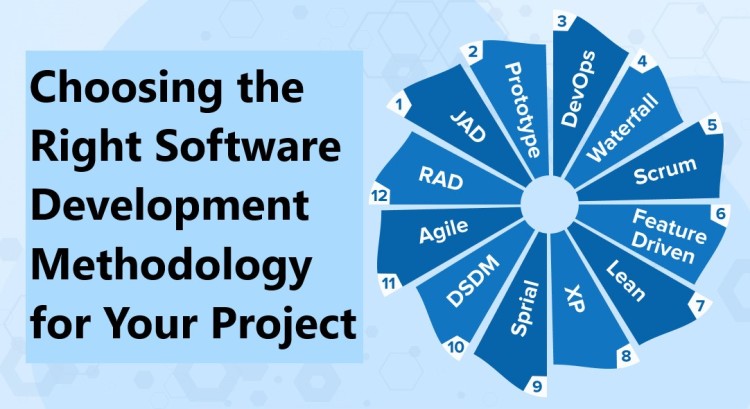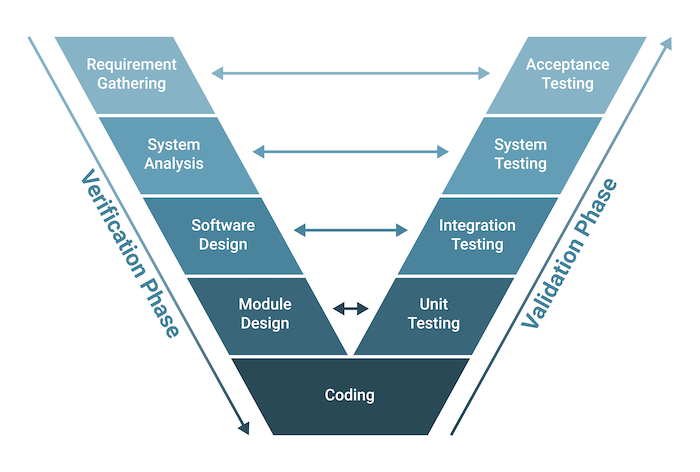Choosing the Right Software Development Methodology for Your Project

A software development methodology refers to an approach that guides software development teams in creating applications. These methodologies provide a set of processes, practices, and principles to follow throughout the project's lifecycle. Their main purpose is to ensure that software projects are well planned, executed efficiently, and yield high-quality results. Different methodologies have different approaches; some emphasize flexibility and adaptability, like Agile methodologies, while others, like the Waterfall model, follow a more linear and sequential path. The choice of methodology depends on project requirements, team dynamics, and desired outcomes, making it a crucial decision in the software development process.
There are many software development methodologies that you may use for your software development process. Here are some of the popular methodologies:
-
Waterfall Model

- The Waterfall model is a linear and sequential approach to software development where you are required to complete each phase before proceeding to the next phase. The phases of the Waterfall model are requirements gathering, system design, implementation, testing, and deployment. This methodology is suitable for projects that already have the requirements and experience minimal changes during development.
-
Agile Methodology

- Agile is an iterative and incremental type of methodology that focuses on collaboration and allows testing and feedback from stakeholders or customers. Agile is suitable for projects with changing requirements as it enables ongoing improvement based on stakeholder or customer feedback.
-
Scrum

- Scrum is a popular Agile framework that uses sprints to organize work into time-boxed iterations. It promotes collaboration and adaptability, emphasizing roles (Product Owner, Scrum Master, and Development Team), a prioritized backlog of work, and daily stand-up meetings.
-
Spiral Model

- The Spiral Model is a risk-driven strategy that incorporates aspects of iterative and waterfall development. It is appropriate for complex projects with changing requirements because it involves numerous cycles of planning, risk analysis, engineering, and evaluation.
-
Rapid Application Development

- Rapid prototyping and prompt end-user feedback are the main focuses of RAD. It's perfect for projects where meeting deadlines quickly is a top priority and where it's possible that user requirements won't be fully understood upfront.
-
V-Model

- A variation on the waterfall model called the V-Model places an emphasis on testing phases that correspond to each stage of development. It emphasizes the significance of both validation and verification, which involve determining whether the system satisfies user needs and adheres to specifications.
-
Lean

- Lean manufacturing principles serve as inspiration for lean software development. It aims to reduce waste in the development process and concentrates on giving the customer the most value possible. It encourages feedback from customers and ongoing improvement.
These methodologies are suitable for various project types and organizational contexts because each has strengths and weaknesses. The methodology chosen should be compatible with the team's skills and the particular requirements of the project. The suitable methodology for a project will vary based on various factors, including the project's size and complexity, budget and timeline, and the team's skills and experience.
It's worth mentioning that software development methodologies can be combined to create an approach that suits a team's requirements. This allows teams to incorporate elements from different methodologies into their workflow.
